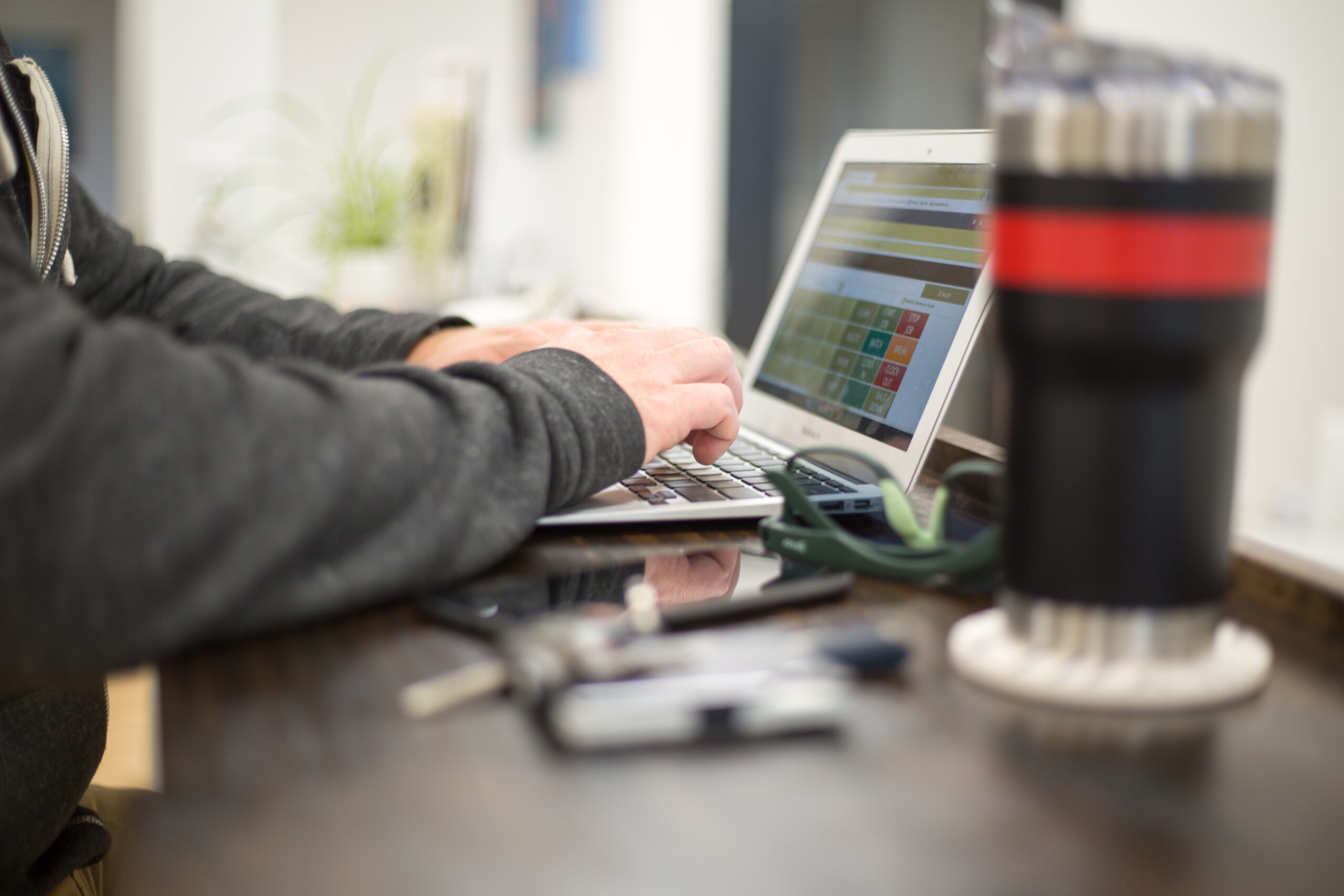The new normal of remote work demands a shift in approach for smooth operations and effective collaboration amongst teams. A vital, but often neglected tool, that can help orchestrate this transition is the humble whiteboard. It may not seem like much, but a whiteboard can significantly amplify productivity and internal communication when it comes to remote work.
Why do you need a whiteboard for your remote setup, you might ask? The answer lies in the age-old adage, “A picture is worth a thousand words.” When it comes to sharing ideas, brainstorming for solutions, or even explaining complex concepts, visual representation goes a long way. This is a realm where the whiteboard reigns supreme.
Whiteboards have been a staple in physical offices for decades. They’re the go-to instrument for planning, collaborating, idea generation, and so much more. However, due to the remote work setup, their relevance might appear to be diminishing. But on the contrary, their importance has escalated.
Remote work poses a unique set of challenges. One of the prominent obstacles is maintaining effective communication and collaboration among team members. Whiteboards can bridge this gap by offering a platform for visualizing ideas, task tracking, and facilitating effective collaborative sessions.
Several virtual whiteboards or ‘digital whiteboards’ apps are available today. They simulate the physical whiteboard experience and offer additional benefits like real-time collaboration, integration with other productivity tools, and easy sharing and exporting options.

Platforms like Microsoft Whiteboard, Miro, MURAL, and Google Jamboard come equipped with various features to enhance remote teamwork. Employees can use these applications to craft out their thoughts, strategize plans, and work together in a virtual workspace. You can create flowcharts, make sketches, write notes, and even import images and videos. What’s more, these contents can easily be shared through a simple link, making it a convenient tool for remote teams.
These digital whiteboards cater to the needs of diverse teams. For instance, marketing teams can utilize them for creating marketing strategies, planning content schedules, or crafting outreach plans. Again, project managers can use them for creating visual project timelines, tracking tasks, while developers can sketch out product designs, draft codes, or brainstorm for solutions.
Interestingly, a study by Queens University reveals that teams that used digital whiteboards felt more satisfied with their interaction and experienced a better shared understanding than teams using other communication methods. This affirms the significance of whiteboards as a crucial resource for remote work setup.
Aside from team collaboration, whiteboards can also prove instrumental for individuals handling remote work. Individuals can use them for setting daily tasks, tracking progress, jotting down ideas, and visualizing thoughts. Notably, it’s also excellent for practicing and honing problem-solving skills, particularly beneficial for individuals involved in roles demanding critical thinking.
Thus, whiteboards do not just bring the communication advantages of a physical workspace to remote work, but they also open up new possibilities for more efficient collaboration and innovation. They support a wide range of activities from daily task management to strategic planning and from brainstorming sessions to formal presentations.

Needless to say, there is a learning curve associated with using digital whiteboards. Not everyone might be comfortable using these tools right off the bat. It requires some time and patience to adapt to the features of these applications. But the outcome surely compensates for the initial hiccups.
In a nutshell, the whiteboard’s role in promoting team collaboration, enhancing individual productivity, and nurturing innovation makes them an indispensable tool for your remote setup.
To wrap up, in a remote setup where connection often falls prey to the limitation of screens, whiteboards can make interactions lively, collaborative, and more meaningful. They can break down the complexities of communication and convert them into engaging and productive sessions.
Whether you are a team trying to finalize the next project plan, an individual setting daily tasks, or a leader presenting to your remote team, whiteboards can enhance the effectiveness of communication, making it an essential tool for your remote setup.
Don’t let distance be a barrier to effective teamwork. Adapt to the changing work landscape with smart solutions. Make whiteboards a part of your remote setup and experience an uptick in productivity and communication efficiency.
So, do you need a whiteboard for your remote setup? The answer, undoubtedly, is a resounding YES.
